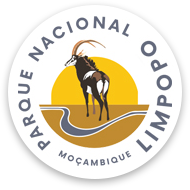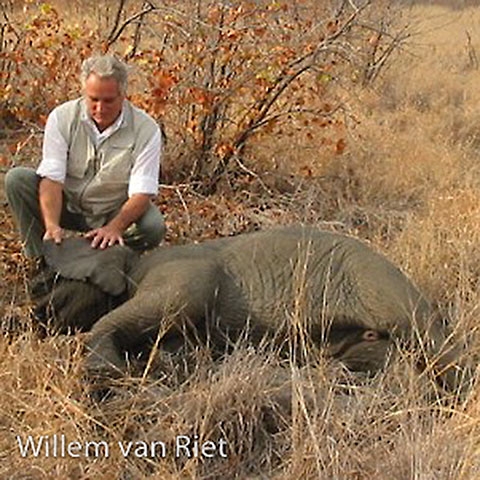During the first week in September, South Africa will translocate approximately 40 elephants from the Kruger National Park (KNP) to the relatively new Limpopo National Park (LNP) in Mozambique. The translocation of animals is an important component of the development process of the Great Limpopo Transfrontier Park (GLTP) aimed at facilitating the establishment of wildlife in the Limpopo National Park.
The translocation of animals started on 4 October 2001 when South Africa’s Minister of Environmental Affairs and Tourism, Mr. Mohammed Valli Moosa, began the process of relocating wildlife to the Limpopo National Park in Mozambique. The South African government with its implementing agency, South African National Parks (SANParks), handed over the first 25 elephants to the Mozambican Minister of Tourism, Mr. Fernando Sumbana.
The Peace Parks Foundation is funding the three-year elephant translocation project, as well as the future translocation of other wild animals. To launch its 10-year commitment to the Peace Parks project, financial services group, Absa is sponsoring today’s translocation. Absa’s overall contribution to the project involves an amount of $1-million over a period of ten years. SANParks as the implementing agent, render all the professional and logistical support towards this project.
This massive elephant translocation will see four family groups of elephant moved from the Far North region of the KNP (Shingwedzi area) to a fenced-off and secure 35 000 hectare sanctuary in the LNP.
The translocations began on September 1 and will carry on until September 5, and today’s translocation was witnessed by the media, VIPs from all organisations and role players of the GLTP initiative and sponsors. As previously, the elephants translocated have been fitted with radio collars so that their movements can be tracked in the LNP.
Elephants seen outside the 35 000 hectare sanctuary but within the million hectare LNP will also be caught, have radio collars put on them and put back inside the sanctuary. This year’s elephant translocation will be the last into the sanctuary itself as the population will now have reached the limit determined by the estimated carrying capacity of the area.
The sanctuary — into which all of the animals of all species have been translocated – has been created within the LNP in order to allow the relocation of game into the park, while at the same time allowing a comprehensive community participation process to be undertaken without the risk of human / animal conflict. In addition, the wildlife sanctuary will also improve visitor expectations and be used as a training area for game rangers of the Limpopo National Park.
The Minister of Environmental Affairs and Tourism, Mohammed Valli Moosa, said that this translocation was yet another attempt on behalf of SANParks to show South Africa’s commitment to the GLTP initiative, which will eventually see the creation of the world’s largest conservation area.
“Together with the animals previously translocated, these animals will hopefully establish a viable population of all species which will have obvious conservation and tourism benefits,” said Minister Moosa.
According to the Chief Executive of SANParks, Mr Mavuso Msimang, the elephants will all be caught in areas where there are presently too many of these big five animals and which are sensitive to the bio-degredation caused by these mega-herbavores.
It is a preferred strategy to translocate a family group rather than single elephants as they ensure that a viable population is established. According to Mr Msimang, it is also desirable to find groups with an adult cow, a few sub-adult males and juveniles rather than fully grown bulls as they are, firstly, difficult to translocate and, secondly, tend to wander around and have often returned to their place of capture. The IUCN guidelines for re-introduction of wildlife are strictly adhered to in these translocations.
Says Absa Group Chief Executive, Nallie Bosman, “Absa truly cares about the community it serves. As a truly South African financial services group our involvement in sponsoring the translocation of today’s elephants underscores Absa’s commitment to preserve our continent’s proud heritage. We do business in many neighbouring countries and we view our involvement in the translocation as a gesture of our sincerity in giving back to the communities we serve. The African Elephant is a symbol of strength, intelligence, endurance and caring. These are also the personality traits of a truly responsible corporate citizen that views the preservation of our natural assets as paramount for future generations.”

